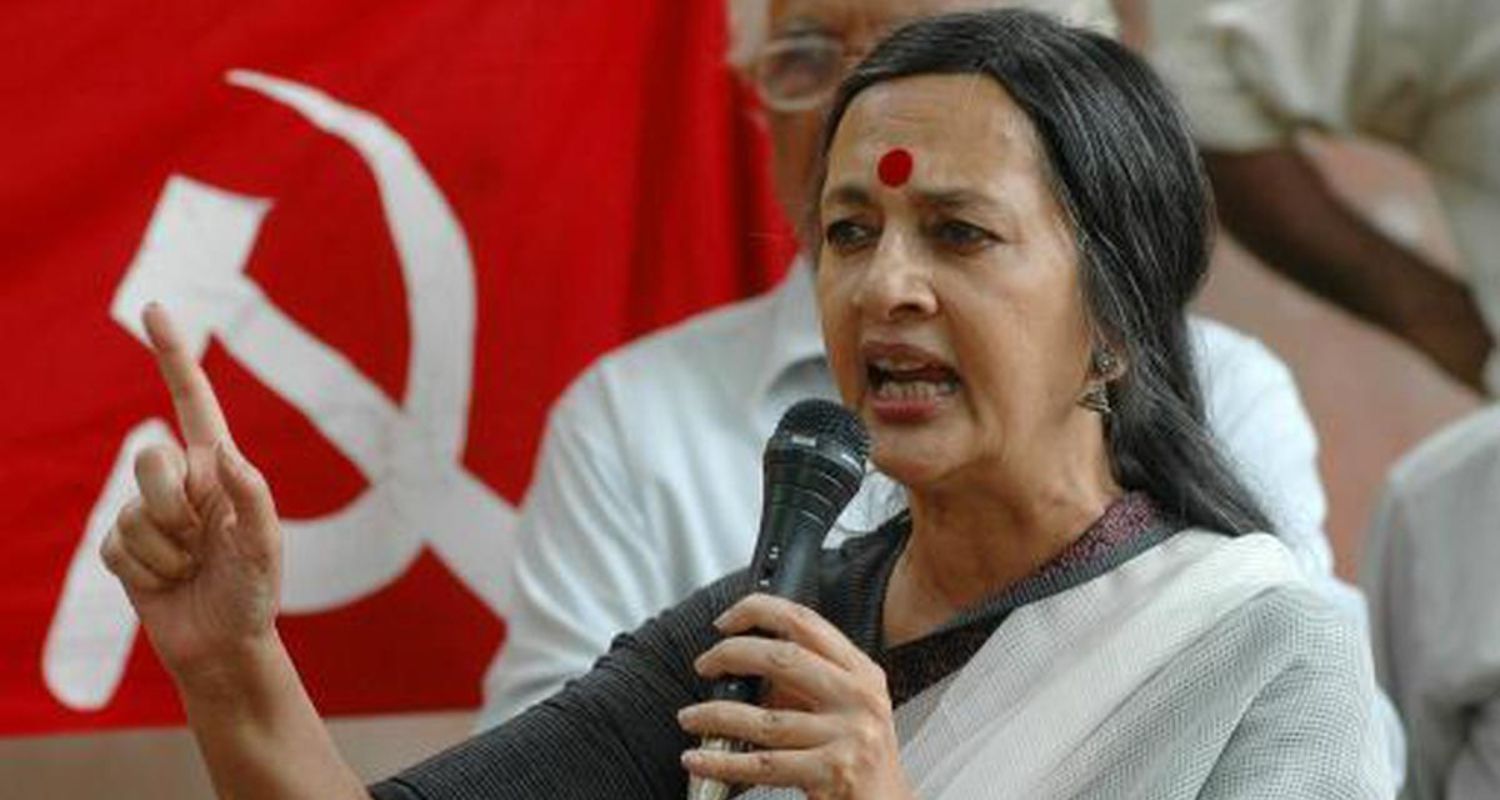In her new book "An Education for Rita," veteran CPI(M) leader Brinda Karat illuminates a little-known aspect of the 1975 Emergency: its disastrous effects on union activity and workers' rights. Drawing on her own experiences as a young activist, Karat describes how the Emergency deprived the working classes of their hard-won rights to strike, unionise, and protest in addition to destroying civil liberties.
Karat recounts how the management of Delhi's Birla Cotton Textile Mill forced each worker to run four looms instead of two and to put in longer hours, an imposition that led to unrest, recalling events from April 1976, during the height of the Emergency. Karat was a pivotal figure in underground resistance as an activist sent to work among the mill workers and in the neighbouring Kamla Nagar colonies.
On the night of April 18, 1976, the Birla mill workers launched a strike to protest the increasing exploitation. “The entire operation had to be underground,” Karat writes. Secret meetings were held and leaflets were clandestinely distributed, often by placing them on machines or along workers' paths. “The workers would quietly pick them up and hide them in their pockets,” she recalls.

In her account, Karat criticises the limited perspective that is frequently applied to the Emergency, which focusses solely on the suspension of press freedom and democratic institutions. She contends that because the Emergency denied them the ability to organise, strike, or express their opinions, the working class suffered an equally severe blow. She claims that it "disarmed the working classes of their hard-won rights."
Also Read: Nitish Katara case: SC grants 3-month furlough to Sukhdev Yadav
Major labour protests throughout India, such as the 1974 Railway strike—one of the biggest in Indian history—were followed by the repression. Karat claims that the Emergency gave the government and businesspeople the chance to enact strict laws that they otherwise would not have been able to.
Under the guise of urban beautification, Karat also documents the massive demolition drives that took place in Delhi during the Emergency. Workers were forcibly moved to remote outskirts like Nand Nagri and Jahangirpuri, which were then mostly desolate, while entire slum settlements were destroyed. In places without roads, water, or electricity, these displaced families were compelled to construct their own shelters, or "jhuggis."
In the book, Karat complains that "today the scale of the brutal'relocation' has been forgotten." She makes a comparison to her activism decades later, pointing out that she was in Jahangirpuri once more in 2022, this time in front of a bulldozer to prevent unauthorised demolitions, but this time there was no alternative housing available.
Also Read: Emergency was an aberration India moved past, for good
Karat makes unsettling analogies between the Emergency and the current system of governance while considering modern politics. She calls the labour reforms implemented by the BJP-led government a "incremental attack" on workers' rights that is being passed under the guise of progressive legislation. She claims that they are using their majority in Parliament as a weapon against the working class and the impoverished.
She also contends that democracy is more subtly threatened by the political climate of today. Karat cautions, "Because it is taking place in the name of democracy, it is a far more dangerous assault on democratic rights." "The Opposition's rights and Parliament's ability to function are being systematically undermined."
On June 25, 1975, then-prime minister Indira Gandhi declared a state of emergency after the Supreme Court stayed a High Court decision that had declared her Lok Sabha election invalid. Press censorship, mass arrests of opposition leaders, a 21-month suspension of civil liberties, and government intrusion into both private and public life ensued. Finally, on March 21, 1977, it was lifted.
Also Read: Exhibition in Delhi on Emergency exhibits rare documents


